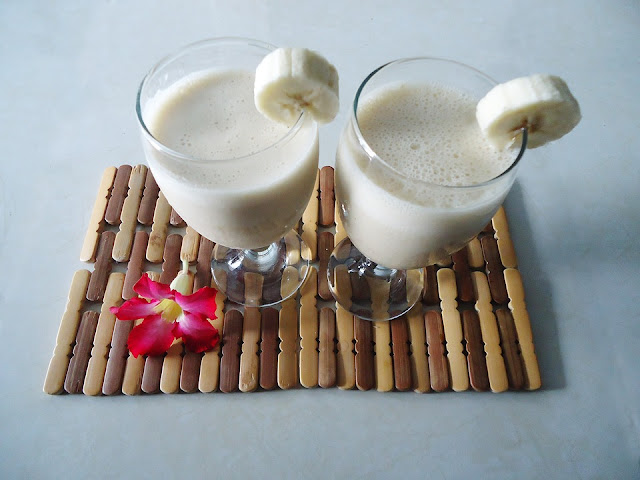Common Spices- Thyme Leaves Edition

Hi lovelies, it is the first working day of the week after the very long Holiday/weekend. How did you spend yours, relaxing, hanging out or just being indoors with family watching movies, while the later was me.
So today we are going to talk about a common spice called thyme. The reason why i tagged it common is that Thyme is a spice that can be easily gotten in the market, or departmental stalls and are really very cheap,I literally cant do without them. Thyme and Rosemary leaves are actually similar in their anatomy and the role the play, but no matter how similar they are, they actually have some differences to them. I hope to do like a Rosemary leaves Vs Thyme leaves edition soonest. According to research, it is said that,The aromatic thyme (Thymus Vulgaris) plant is a perennial and woody shrub harnessing square stems and attractive flowers. A member of the mint family, thyme is an herb that originates in the Mediterranean basin and has a number of varieties, each with its own distinctive oil composition. Thyme is a powerful herb, popular in aromatherapy – so it must be used with caution and care. Do know, though, that the health benefits of thyme are very real.
Thymus vularis ct. linalol is recommended by herbalists as an effective and safe beginner herb for children and the elderly. Other varieties are more potent, and their use should be reserved for qualified herbalists with experience in using them. The volatile essential oils in thyme are packed with anti-septic, anti-viral, anti-rheumatic, anti-parasitic and anti-fungal properties, which explains why thyme-based formulas are used as an expectorant, diuretic, fungicide and antibiotic.
Selection and storage
Fresh thyme should be stored in the refrigerator wrapped in a slightly dampen paper towel. Dried thyme can be kept in a tightly sealed glass container and stored in a cool, dark, and dry place, where it will keep fresh for up to six month.
Medicinal uses
-
Thyme contains many important essential oils, which are found to have
anti-septic and anti-fungal applications.
-
Throat gargling with tepid thyme water or drinking few sips of thyme tea may help relieve coughs, sore throat,
and bronchitis symptoms.
-
In the pharmacy, thyme based formulations has been used as an anti-septic mouthwash in the treatment of caries and
gingivitis. (medical disclaimer).
Culinary uses
Thyme herb imparts intense flavor to the recipes, and therefore, should be added sparingly. In order to keep its fragrance and flavor intact, thyme herb is generally added at the last moment in the cooking recipes. This is because, prolonged cooking results in evaporation of its essential oils.

Comments